Lotte Errell
Photojournalist Lotte Errell worked tirelessly to make her adventurous travels in Africa, China, and the Middle East accessible to her readers at home in Germany and beyond. Her success illustrates how photography and travel journalism provided women with new possibilities for independence and careers. Errell traveled the world throughout the 1930s taking photos and writing essays, but she was interrupted in the 1940s by the war.

Rachel Ertel
Born in 1939, Rachel Ertel is a translator and an essayist. She remains one of the most prolific translators from Yiddish to French and dedicated her life to the survival of Yiddish culture in France and America.
Esau, Wives of: Midrash and Aggadah
Esau’s three wives are given more context and background by the rabbis than in the Torah. Esau’s first two wives, Adah and Judith, are described as adulterous and idolatrous, while his third wife, Mahalat, is interpreted as either Esau’s repentance or his fall further into evil.

Ruth Eshel
Dancer, choreographer, and dance researcher Ruth Eshel has been a major contributor to the development of theatrical dance in Israel. She played an important role in the experimental dance scene of the 1970s and 1980s. She also formed the Eskesta Dance Theater and Beta Dance Troupe, focused on Ethiopian Jewish dance, and has written extensively about the history of dance in Israel.
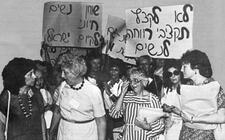
Tamar Eshel
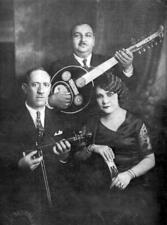
Rosa Eskenazi
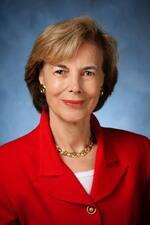
Tamara Cohn Eskenazi

Esther Barsel
Esther Barsel was a lifelong activist, committed to the Liberation struggle in South Africa from her high school days. She sold anti-apartheid newspapers, participated in a hunger strike, and endured three years of imprisonment and hard labor followed by a 20-year banning order, all in the name of ending apartheid in South Africa.

Esther: Apocrypha
The Greek Additions to the Hebrew Bible’s Book of Esther were probably written over several centuries and contradict several of the details from the Hebrew text. Generally, the Additions are more dramatic and ultimately portray Esther as stereotypically weak and helpless, even though parts of her weakness and femininity ultimately help save her people.

Esther: Bible
Esther, the main character in the book named after her, is a young Jewish woman who becomes queen of the Persian empire and risks her life by interceding for the Jewish people to save them from a pogrom. Set in the Persian diaspora, the Book of Esther depicts the struggle for Jews to survive in the face of hostility in a foreign land.

Esther: Midrash and Aggadah
Queen Esther, the central character in the Biblical book named after her, is extensively and sympathetically portrayed in the Rabbinic sources. In their commentary on the Book of Esther, the Rabbis expand upon and add details to the Biblical narrative, relating to her lineage and history and to her relations with the other characters: Ahasuerus, Mordecai, and Haman.
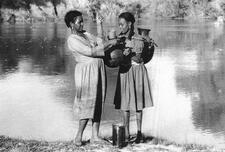
Ethiopian Jewish Women

Blanche Goldman Etra

Sylvia Ettenberg
Jane Evans
Sara N. Evans

Eve: Apocrypha
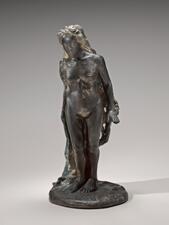
Eve: Bible
The first woman, according to the biblical creation story in Genesis 2–3, Eve is perhaps the best-known female figure in the Hebrew Bible, although she never appears after the opening chapters of Genesis. Most of the negative traits associated with her, including sin, seduction, and subservience, are part of Jewish and Christian post-biblical interpretations and are not present in the Bible itself. A close look at the Eve narrative in its ancient Israelite context shows Eve to be a partner with Adam as they begin their agrarian life outside of Eden.

Eve: Midrash and Aggadah
Eve’s character is posited to be that of the original and quintessential woman. The Midrash interprets her traits as representative of the negative aspects of femininity. Eve’s punishment for her sin is also tied to the traditional ideas of the fundamentals of womanhood – childbirth, pregnancy, and male spousal domination.
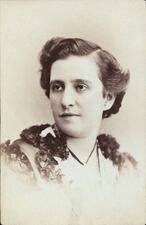
Rose Eytinge
Reportedly the first American theater actress to earn a three-figure salary, Rose Eytinge was praised for her fiery, passionate performances. Known for taking on physically demanding roles, on a performance tour stop in Washington, she was invited to the White House by President Abraham Lincoln. In 1905 she published her autobiography, Memories of Rose Eytinge, detailing her life in theater.


